this is a power circuit I'm trying to complete:

the button at top turns the curcuit on, supplying VCC to mcu, and the MCU will output a high signal to a pin (marked in pink) which turns the N-MOSFET on, and the P-MOSFET on as well. (right?) when the button is released, the mcu signal still keeps the VCC supply on, through the IO pin. MCU is able to turn itself off (by turning the N-MOSFET off, which turns the P-MOSFET off, thus cutting the VCC supply)
should I place the filters (the caps and choke in the yellow rectangular) before or after the mosfets? (I placed them before mosfets, so that the load isn't capacitive. so that I can get rid of C1 and R1. is it good practice ?)
Do i need to limit the inrush current? (Vout is going into a switching regulator, and from that to an LDO, then to MCU. do these component qualify for being "capacitive load" ?)
if so, how values of C1 and R1 are calculated ? (which are supposed to limit inrush current)